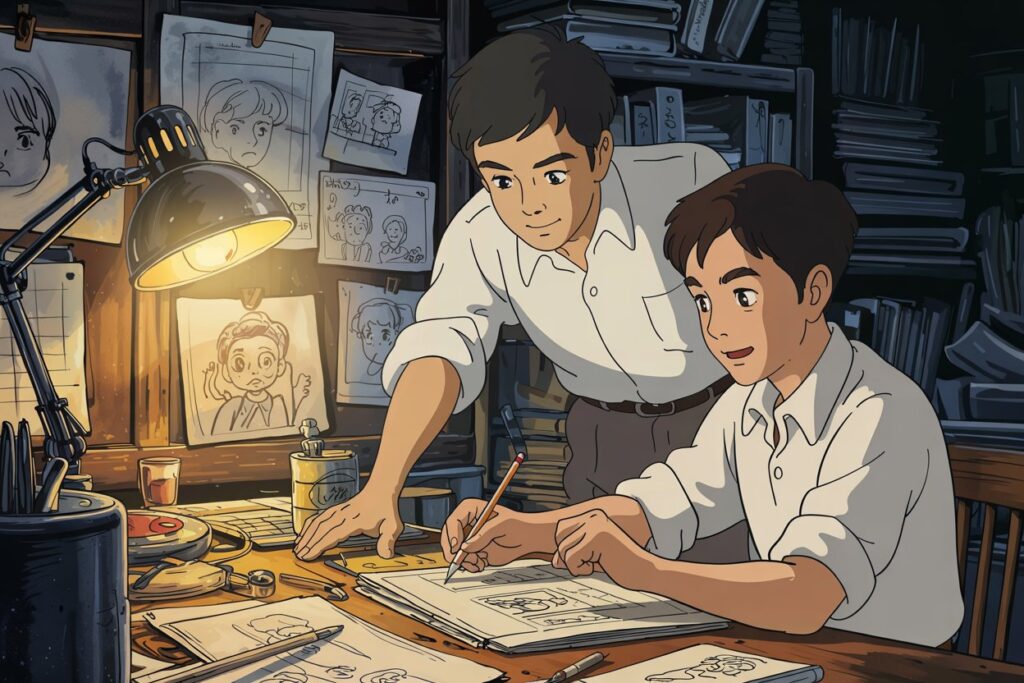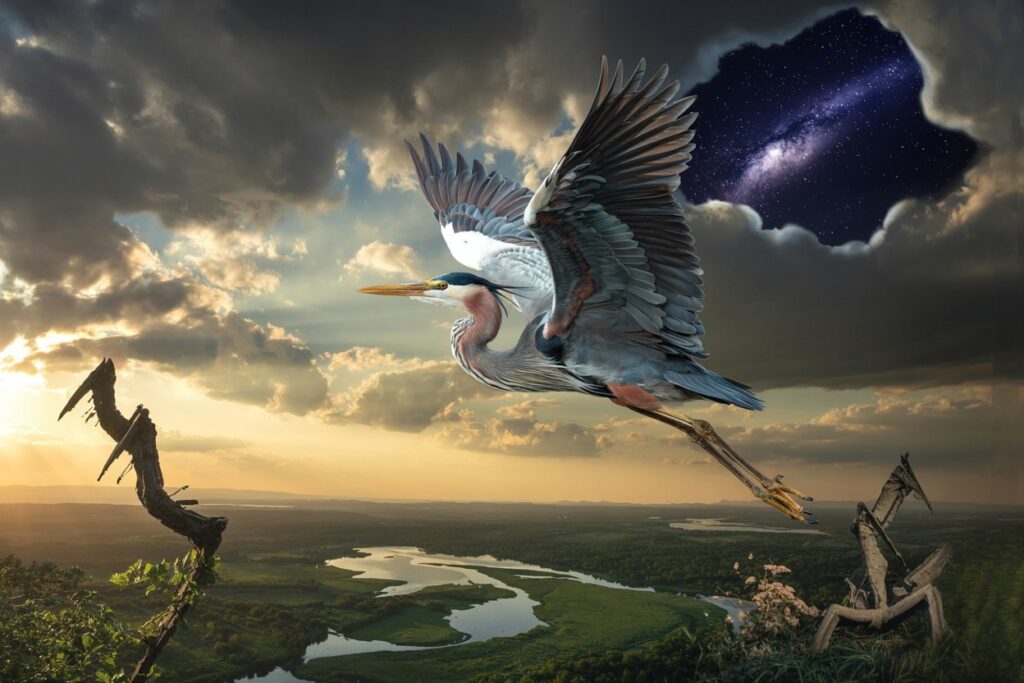When it comes to animation that transcends age and culture, few names shine as brightly as Studio Ghibli. Founded in 1985 by visionary directors Hayao Miyazaki and Isao Takahata, this Japanese animation studio has redefined storytelling through its breathtaking visuals, emotionally resonant narratives, and timeless themes. Whether you’re a lifelong fan or new to the Ghibli universe, this deep dive into the studio’s history, iconic films, and artistic philosophy will leave you spellbound.
Table of Contents
The Birth of Studio Ghibli: Where Dreams Took Flight
Studio Ghibli’s origins trace back to the creative partnership between Miyazaki and Takahata, who first collaborated at Toei Animation in the 1960s. Their shared passion for storytelling that blended fantasy with human emotion laid the groundwork for what would become a global phenomenon. The studio’s name, “Ghibli,” is derived from an Italian word meaning “hot desert wind”—a metaphor for their mission to blow fresh air into the animation industry.

The studio’s debut film, Castle in the Sky (1986), introduced audiences to Ghibli’s signature style: lush landscapes, intricate steampunk-inspired machinery, and protagonists who embodied courage and curiosity. But it was 1988’s My Neighbor Totoro that cemented Ghibli’s place in pop culture. The film’s gentle giant, Totoro, became an instant icon, symbolizing childhood wonder and the magic of nature.
Masterpieces That Defined a Generation
Studio Ghibli’s filmography is a treasure trove of stories that balance whimsy with profound depth. Here are three films that showcase the studio’s range:
- Spirited Away (2001)
Winner of the Academy Award for Best Animated Feature, this tale of a girl navigating a spirit world remains Ghibli’s highest-grossing film. Its themes of identity, greed, and environmentalism resonate universally.

- Princess Mononoke (1997)
A darker, epic fantasy, this film explores the clash between industrialization and nature. Its morally complex characters and stunning action sequences make it a favorite among adult audiences. - Howl’s Moving Castle (2004)
Adapted from Diana Wynne Jones’ novel, this romantic fantasy critiques war and celebrates self-acceptance. The film’s whimsical castle, powered by a fire demon, is a testament to Ghibli’s imaginative design.
The Ghibli Aesthetic: Handcrafted Magic in a Digital Age
In an era dominated by CGI, Studio Ghibli’s commitment to hand-drawn animation sets it apart. Every frame is painstakingly crafted, resulting in films that feel alive with texture and movement. Miyazaki famously insists on drawing storyboards by hand, believing that imperfections add soul to the work.
The studio’s collaboration with composer Joe Hisaishi further elevates its films. His sweeping scores, blending classical and minimalist influences, create an emotional backbone for stories like Kiki’s Delivery Service and The Wind Rises.
Studio Ghibli’s Global Impact and Enduring Legacy
Though rooted in Japanese culture, Ghibli’s themes of environmentalism, feminism, and the innocence of childhood strike a chord worldwide. The studio’s partnership with Disney in the 1990s brought subtitled and dubbed versions of their films to Western audiences, introducing millions to anime.
The Ghibli Museum in Mitaka, Japan, offers fans an immersive experience, showcasing original artwork and exclusive short films. Meanwhile, the studio’s influence can be seen in works like Pixar’s Coco and Netflix’s Over the Moon, which echo Ghibli’s blend of fantasy and heartfelt storytelling.
For more: The Theremin: The Eerie Instrument You Play Without Touching
What’s Next for Studio Ghibli?
In 2013, Miyazaki announced his retirement, only to return with The Boy and the Heron (2023), a semi-autobiographical film hailed as his “final masterpiece.” While the studio’s future remains uncertain without its founding visionaries, new talents like Goro Miyazaki (Hayao’s son) and collaborations with streaming platforms ensure Ghibli’s magic will endure.

Why Studio Ghibli Still Matters
Studio Ghibli’s films are more than entertainment they’re invitations to see the world with wonder, empathy, and hope. In Miyazaki’s words, “Animation can explain whatever the mind of man can conceive.” As long as audiences seek stories that challenge and inspire, Ghibli’s legacy will remain timeless.

Whether you’re revisiting these classics or discovering them for the first time, Studio Ghibli’s films promise a journey into worlds where the ordinary meets the extraordinary. Grab a bowl of ramen, settle into your favorite chair, and let the magic begin. 🌿✨




